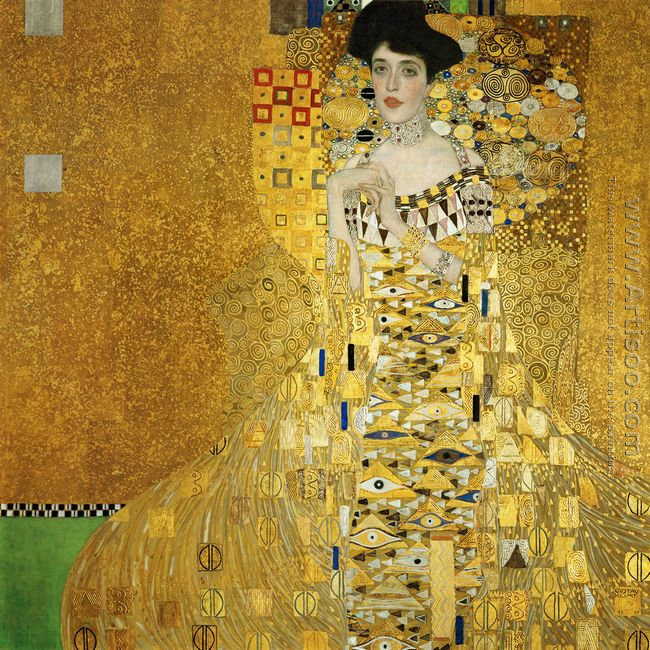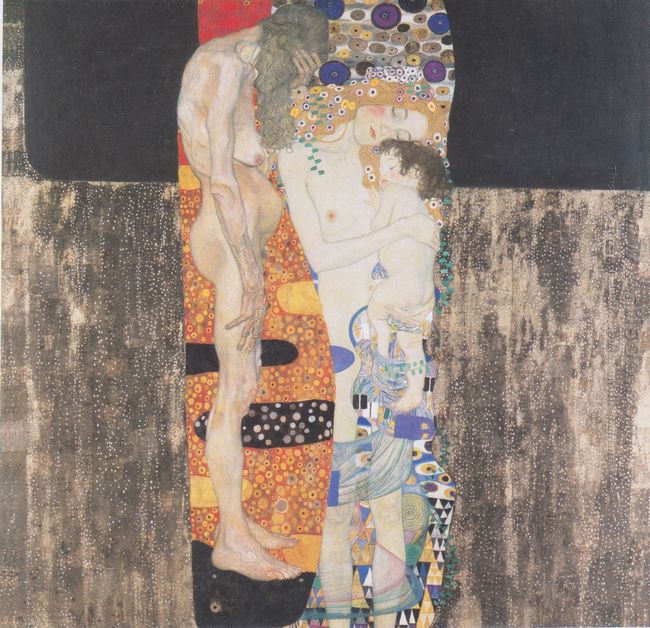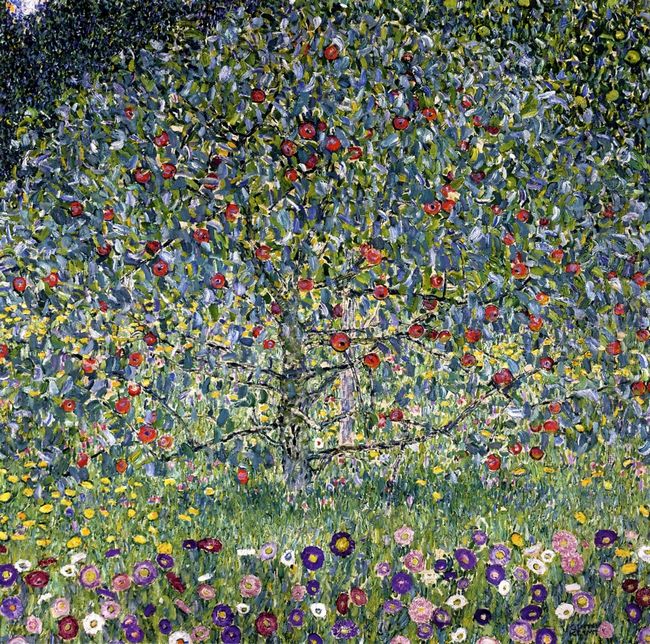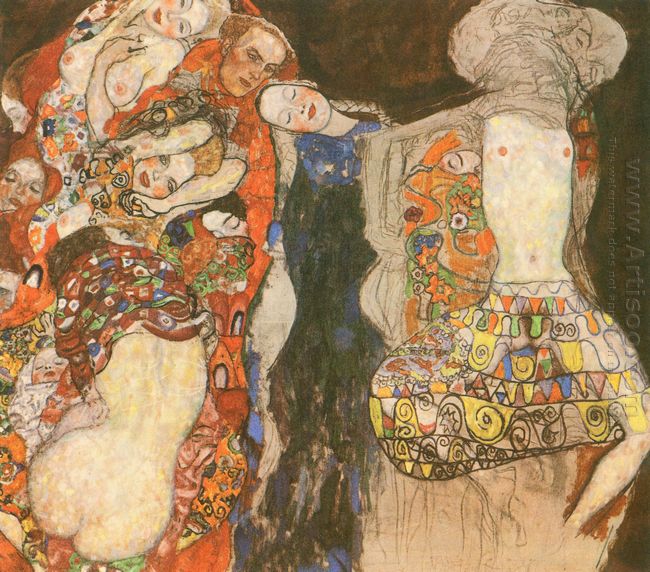Born into a family of arts and crafts in Vienna, Gustav Klimt turned out to be a master in symbolist painting field. His father was a gold engraver and married Anna Klimt, whose unrealized ambition was to be a musical performer. Klimt was deeply influenced by the family background. He was the second of the seven children and all the three sons displayed artistic talent early on. Though he lived a poor life, he managed to attend the Vienna School of Arts and Crafts, where he studied architectural painting.
He became one of the founding members and president of the Wiener Sezession and remained in it until 1908. The group's goals were to provide exhibitions for unconventional young artists, to bring the best foreign artists' works to Vienna, and to publish its own magazine to showcase members' work. The government supported their efforts and gave them a lease on public land to erect an exhibition hall. The group's symbol was Pallas Athena, the Greek goddess of just causes, wisdom, and the arts, and Klimt painted his radical version in 1898.
Klimt focuses on the latent energy of the warrior goddess, Athena, while giving a new interpretation to her traditional attributes of helmet, grey eyes, owl, Gorgon and aegis, spear, and NIKE, who is painted as a naked woman with red hair. The gold highlights again reinterpret the gold and ivory of Pheidias' statue. Also, in reveals Klimt' s prowess in using gold as a decoration to the painting, which was influenced by his family background.
Klimt' s most famous paintings include The Kiss and the Adele Bloch-Bauer I. The later one was sold for a record $135 million in 2006, New York.





